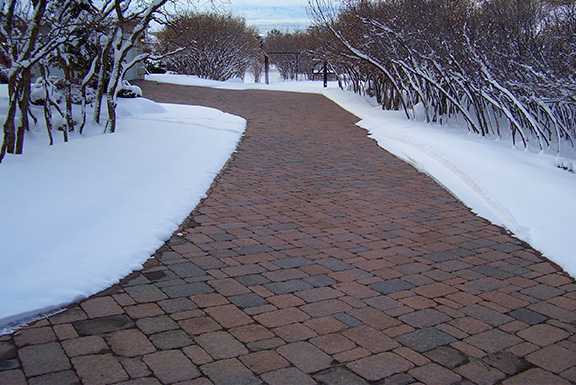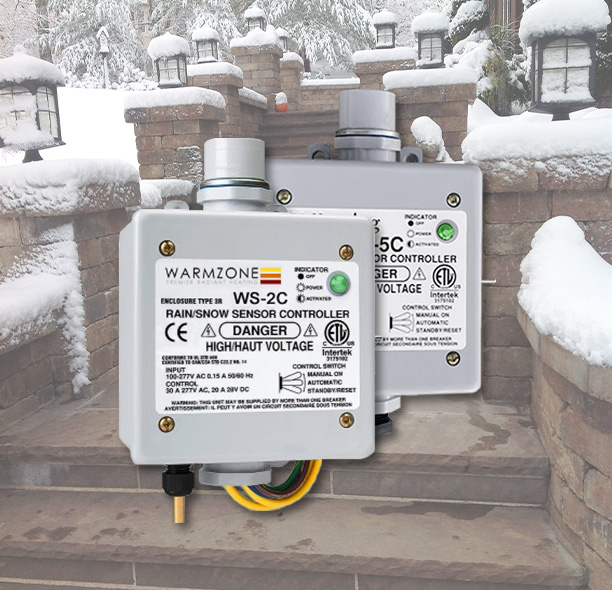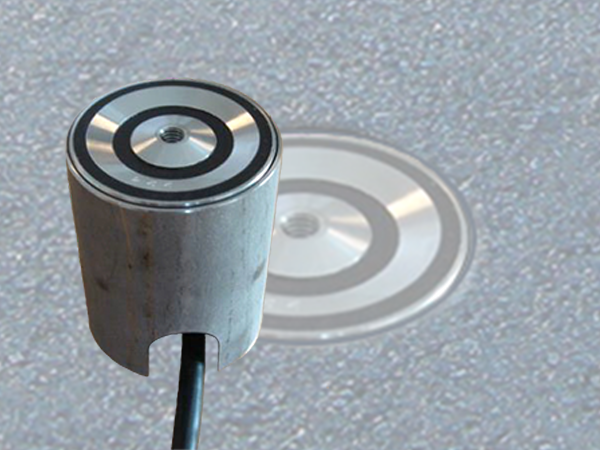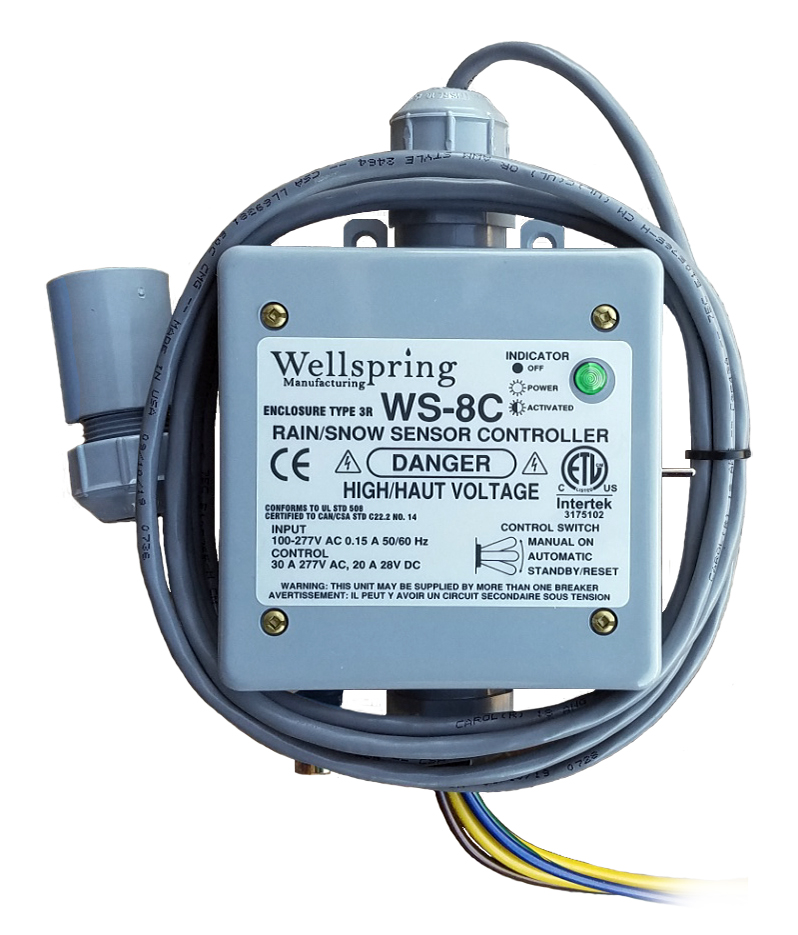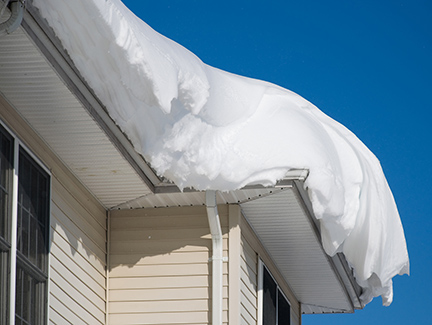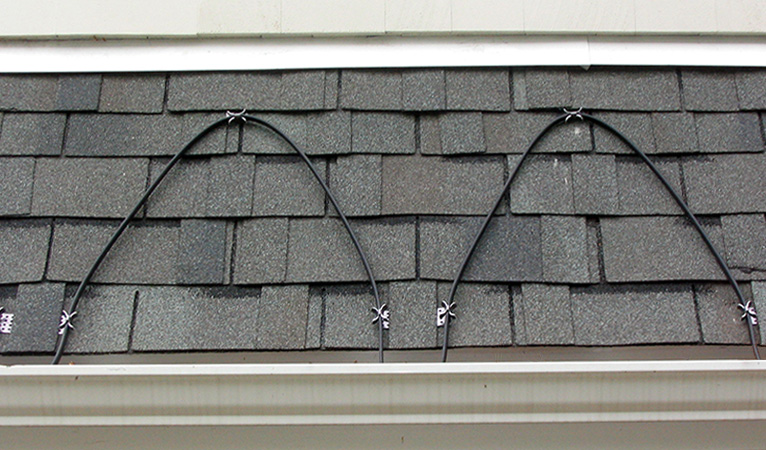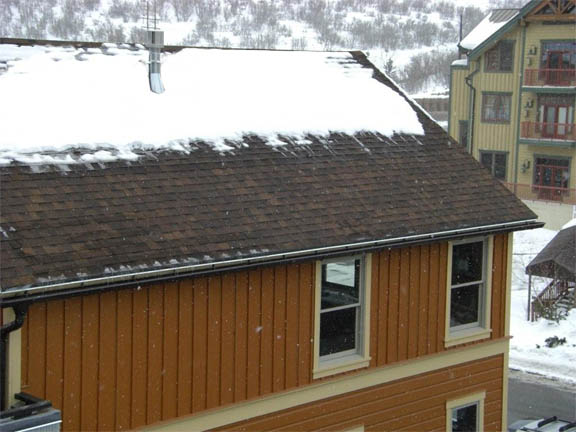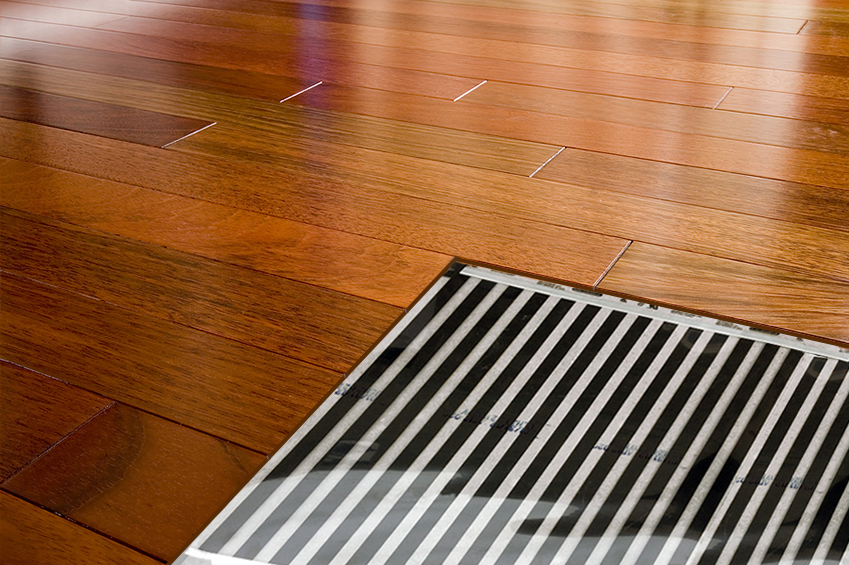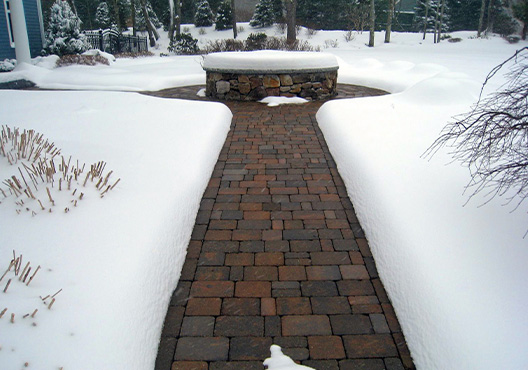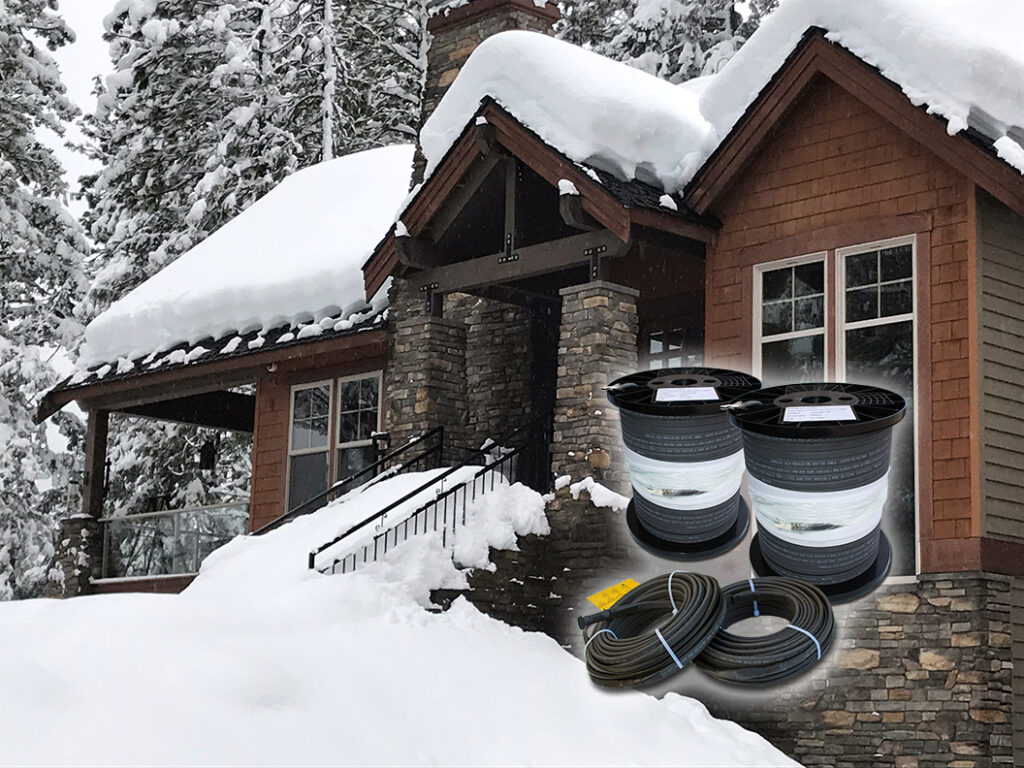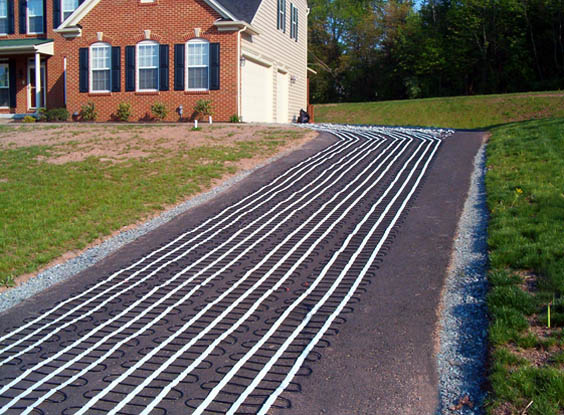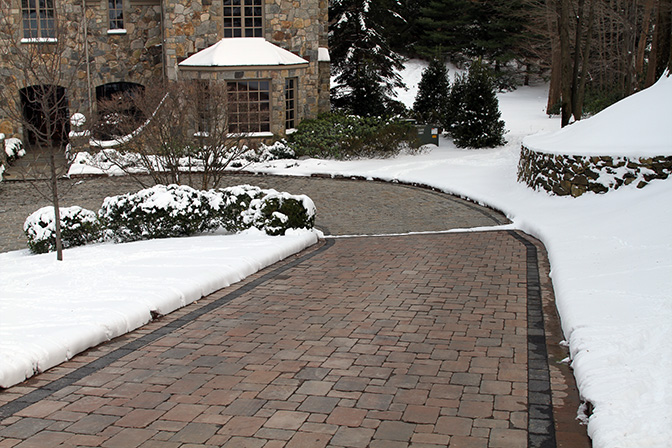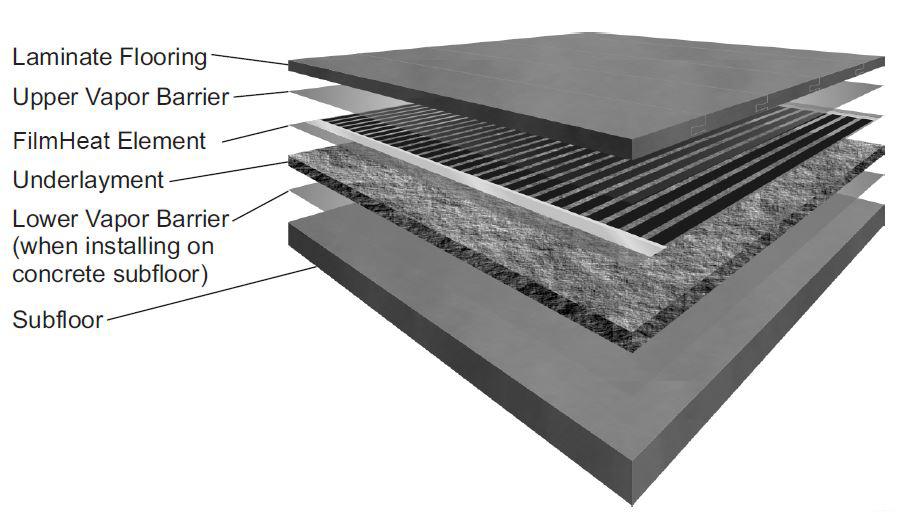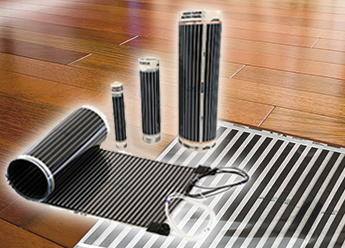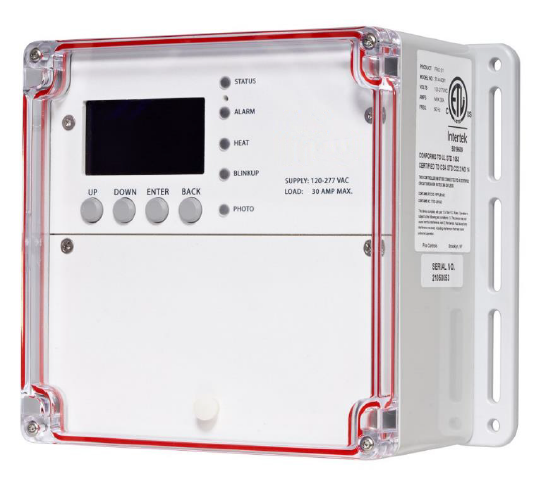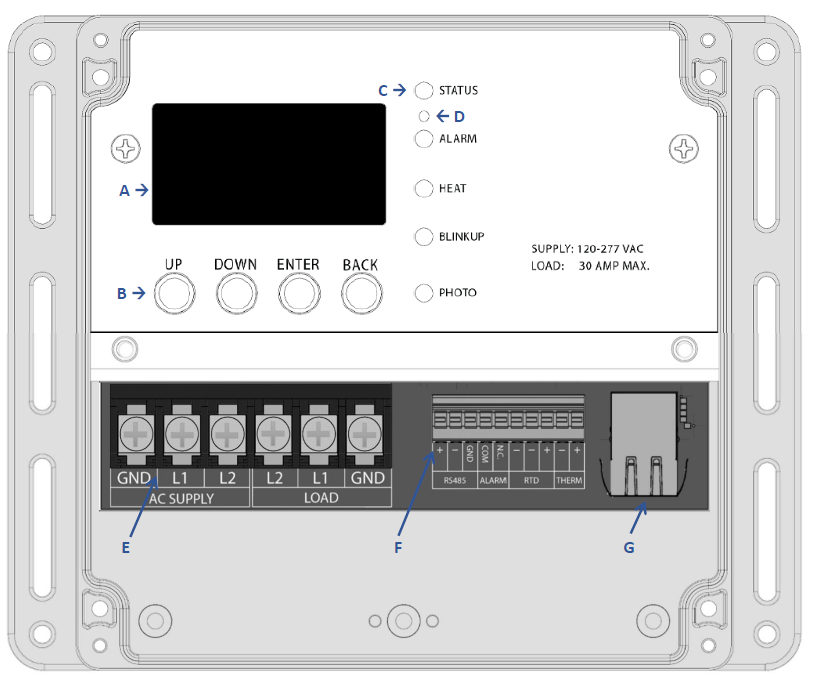Why Warmzone Premier Radiant Heated Floors are the Best Choice for Your Home
Imagine stepping out of bed on a cold morning and feeling the warmth of a heated floor beneath your feet. No more freezing tiles in the bathroom or chilly hardwood in the living room; just consistent, comfortable warmth wherever you walk. Heated floors aren’t just a luxury; they’re one of the most efficient and effective ways to heat your home.
Warmzone offers top-tier radiant floor heating systems that provide comfort, energy efficiency, and health benefits while being completely maintenance-free. Whether you’re building a new home or upgrading your existing one, here’s why radiant heating is fast becoming the home heating choice for modern homeowners.
The Benefits of Heated Floors
1. The Most Efficient Heating Technology Available
Radiant floor heating is far more efficient than traditional forced-air systems. Instead of pushing hot air through ducts and vents, where much of the warmth is lost, heated floors transfer warmth directly to the objects and people in the room through infrared (radiant) heat. This process eliminates heat loss and ensures that every part of the room is evenly warmed from the ground up.
Because heat rises naturally, radiant heating works more effectively than baseboard heaters or forced-air systems, which tend to create temperature fluctuations. With a heated floor, you’ll enjoy a consistent and comfortable temperature while using less energy, which could ultimately lower your heating costs.
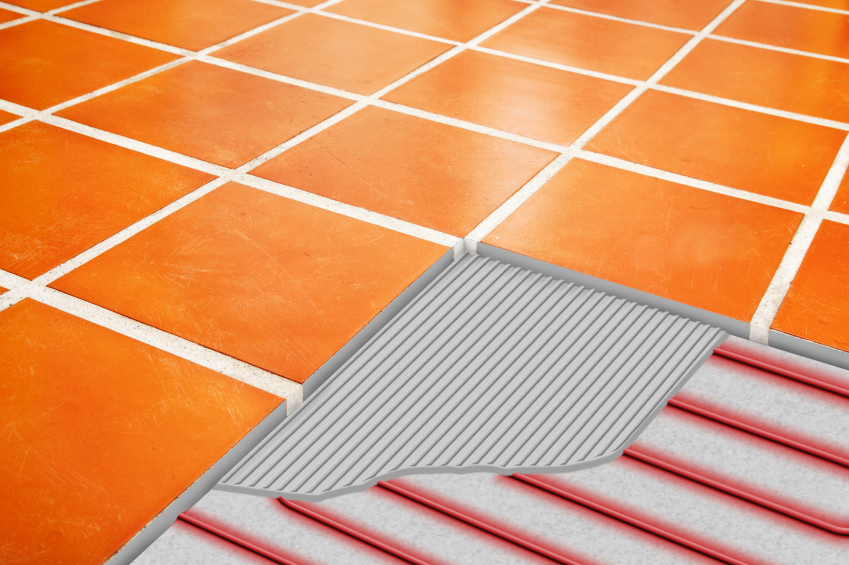
2. Works Under Any Type of Flooring
No matter what type of flooring you have, there’s a radiant heating solution for you. Warmzone offers a wide variety of heating elements designed to work seamlessly under tile, stone, laminate, vinyl, engineered wood, and even carpet. Whether you’re remodeling a bathroom, upgrading your kitchen, or adding warmth to your basement, Warmzone’s heating systems integrate perfectly with your flooring choice.
3. Maintenance-Free Convenience and Savings
Unlike furnaces and baseboard heaters that require regular maintenance, filter changes, and occasional repairs, radiant floor heating is virtually maintenance-free. Once installed, the system operates reliably for years without the need for servicing. This makes it a hassle-free investment that adds long-term value to your home.
4. No Blower Means No Dust or Allergens
Traditional heating systems rely on blowers to circulate warm air, which can also spread dust, allergens, and airborne contaminants throughout your home. This can be a major issue for people with allergies, asthma, or respiratory conditions.
Radiant heating eliminates this problem entirely. Because it doesn’t rely on air circulation, there’s no forced airflow kicking up dust or distributing allergens. This creates a cleaner, healthier indoor environment, which is especially important for families with young children or anyone sensitive to indoor air quality.
5. Precise Temperature Control in Every Room
One of the standout features of radiant floor heating is the ability to control the temperature in each room individually. Unlike central heating systems that heat the entire house to the same temperature, radiant heating allows each room to have its own thermostat.
This means you can keep your bedroom cozy without overheating unused rooms, or you can keep your bathroom toasty while maintaining a cooler temperature in the rest of the house. This level of control not only enhances comfort but also reduces energy waste, saving you money on heating bills.

6. A Variety of Heating Elements to Suit Your Needs
Every home is different, and Warmzone offers a wide selection of heating elements to accommodate various layouts and flooring materials. Whether you need a flexible heating cable for a custom installation, an ultra-thin mat for easy installation under tile, or a retrofit system for an existing home, Warmzone has a solution to meet your needs.
7. Works as a Primary or Supplemental Heating Source
Radiant floor heating isn’t just for supplemental warmth, it can serve as your home’s primary heating system. Many homeowners find that radiant heating provides sufficient warmth for their entire home, eliminating the need for traditional heating systems altogether.
However, if you live in an extremely cold climate or have an existing heating system you’d like to keep, radiant heating works seamlessly as a supplemental heat source. For example, you can install it in key areas like bathrooms, bedrooms, playrooms, or basements to enhance comfort without overhauling your entire heating system.
8. Ideal for Children’s Play Rooms
If you have young children, you know how much time they spend playing on the floor. With traditional heating systems, floors can be uncomfortably cold, making playtime less enjoyable. Radiant floor heating keeps surfaces warm and inviting, creating a cozy environment for kids to play safely and comfortably.
Additionally, since radiant heating eliminates the need for bulky radiators or vents, you don’t have to worry about hot surfaces or sharp edges that could pose a safety risk to little ones.
Upgrade Your Home with Warmzone Radiant Heating
Whether you’re looking to improve your home’s energy efficiency, reduce allergens, or simply enjoy a higher level of comfort, radiant floor heating is an unbeatable solution. With Warmzone’s industry-leading products, you can enjoy all the benefits of heated floors without the hassle of maintenance or inefficiency.
Investing in radiant heating is more than just a home upgrade, it’s a step toward better comfort, health, and energy savings. If you’re ready to experience the warmth and luxury of heated floors, explore Warmzone’s heating solutions today! Who knows, you might even want to retire your cute bunny slippers.

